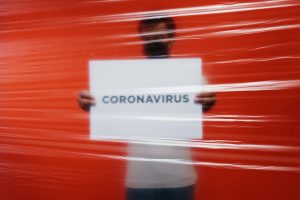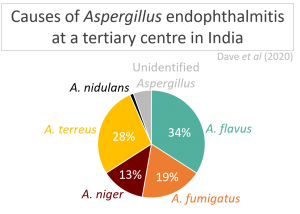Submitted by Aspergillus Administrator on 17 October 2008
Positron Emission Tomography (PET) works by generating a harmless radioactive ‘version’ of a common metabolic molecule such as glucose (the radioactive version for glucose in this case is known as FDG). The radioactive molecule is injected into the bloodstream of a patient and accumulates in the areas that are most active. In the case of FDG it accumulates in areas where cells have a higher growth rate as in those areas the cells are using more glucose.
 Detectors measure where the radioactivity accumulates and thus show up where the actively growing cells are. This is particularly useful when looking for cancer tumours and those cells are rapidly growing and using lots of glucose. It is also useful when needing to tell the difference between benign (slower growing) tumours and malignant (fast growing) tumours.
Detectors measure where the radioactivity accumulates and thus show up where the actively growing cells are. This is particularly useful when looking for cancer tumours and those cells are rapidly growing and using lots of glucose. It is also useful when needing to tell the difference between benign (slower growing) tumours and malignant (fast growing) tumours.Unfortunately a recent article states that things aren’t quite a simple as they seem for this hugely expensive procedure. Infections such as Aspergillosis also cause an accumulation of FDG causing confusion between what is an infection and what is a tumour. For this reason the article suggests that PET is best used when it is already known that a tumour exists and the PET scans can follow the progress of the tumour during and after treatment, or can differentiate between benign and malignant.
It might be suggested that PET could equally also be used to follow an Aspergillosis (or aspergilloma?) as it is treated, but given the high cost of these scans that seems unlikely in the near future.
NB it is interesting to note that the PET is one of the first practical uses of antimatter as a positron is literally an anti-electron. First postulated in 1928 antimatter has been the subject of many science fiction productions and scientific speculations as to why the known universe is made up almost entirely of matter with virtually no antimatter (given that the two should exist in balance) – perhaps there are entire antimatter galaxies we currently don’t know about!
News archives
Showing 10 posts of 953 posts found.
-
Title
Date



